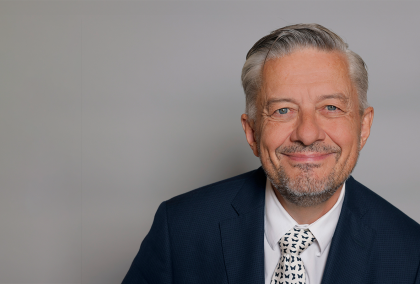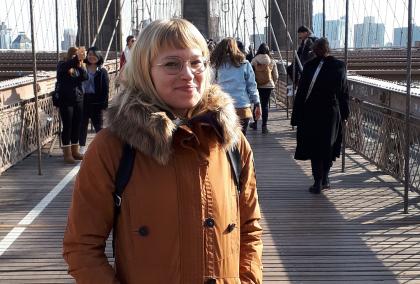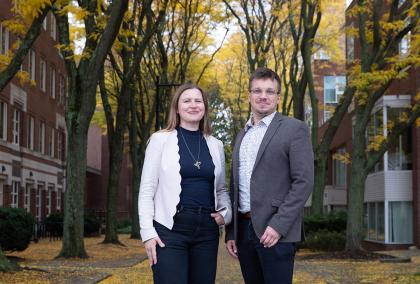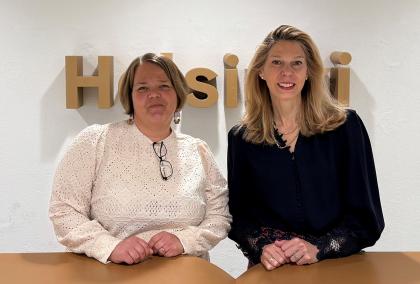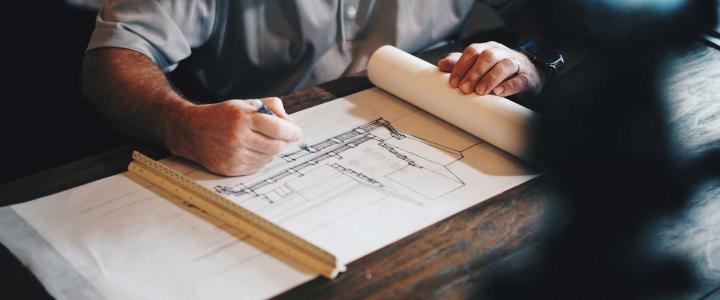

It is hard for people who live with clean water and air to imagine life without them. It is hard for people who have easy access to abundant food, energy, and other resources to imagine life without them. But energy poverty and insecurity are real. In the U.S., about 25% of households face energy insecurity. According to recent European Commission data, across Europe, between 50 and 125 million people are unable to afford proper indoor thermal comfort due to high energy costs.
Meanwhile, the compounding effects of climate change and energy shortages are posing increasingly severe risks to human health, economic development, and conservation of the natural ecosystem.
Decarbonizing the built environment by building energy-efficient and low-impact buildings is one of the most effective ways to mitigate and adapt to climate change. The research community needs to work together to come up with the solutions to decarbonize the built environment, and constructing natural energy buildings is the way.
I came to Finland to work with colleagues from Tampere University and Professor Sofie Pelsmakers to conduct comparison studies of net-zero energy retrofit projects in Finland and the U.S. We have been comparing design and construction approaches between the U.S. and Finland. In addition to comparing the techniques and design strategies, we are also expanding and exchanging our knowledge of the regulatory and legislation differences between the two
countries.
The speed of climate change and environmental deterioration does not give us more time to ponder.
It is no surprise that there are many differences between the two countries, but the similarities are also strikingly obvious. To name a few, passive design principles provide the most sustainable solutions in both countries, life cycle consideration is the key to achieving a truly low-impact design, and, most importantly, full integration between the natural ecosystem and the man-made built environment is the only way we can mitigate the negative impacts from our buildings, bridges, and factories.
Because of those similarities and differences, working together can give us an opportunity to learn from each other’s failures and successes. The speed of climate change and environmental deterioration does not give us more time to ponder; the only way we can take collective and immediate action is to draw on each other’s strengths.

Ming Hu
2020-21 Fulbright-Tampere University Scholar
University of Maryland, College Park, MD
Read the whole Fulbright Finland News magazine 1/2021!
